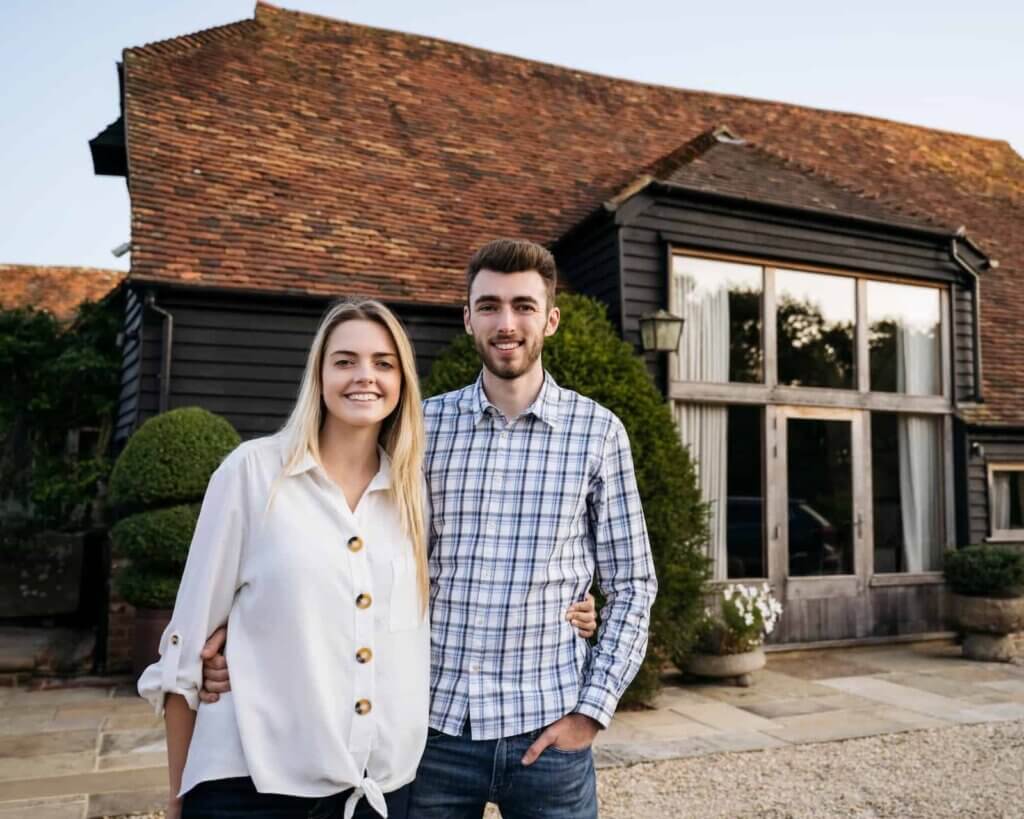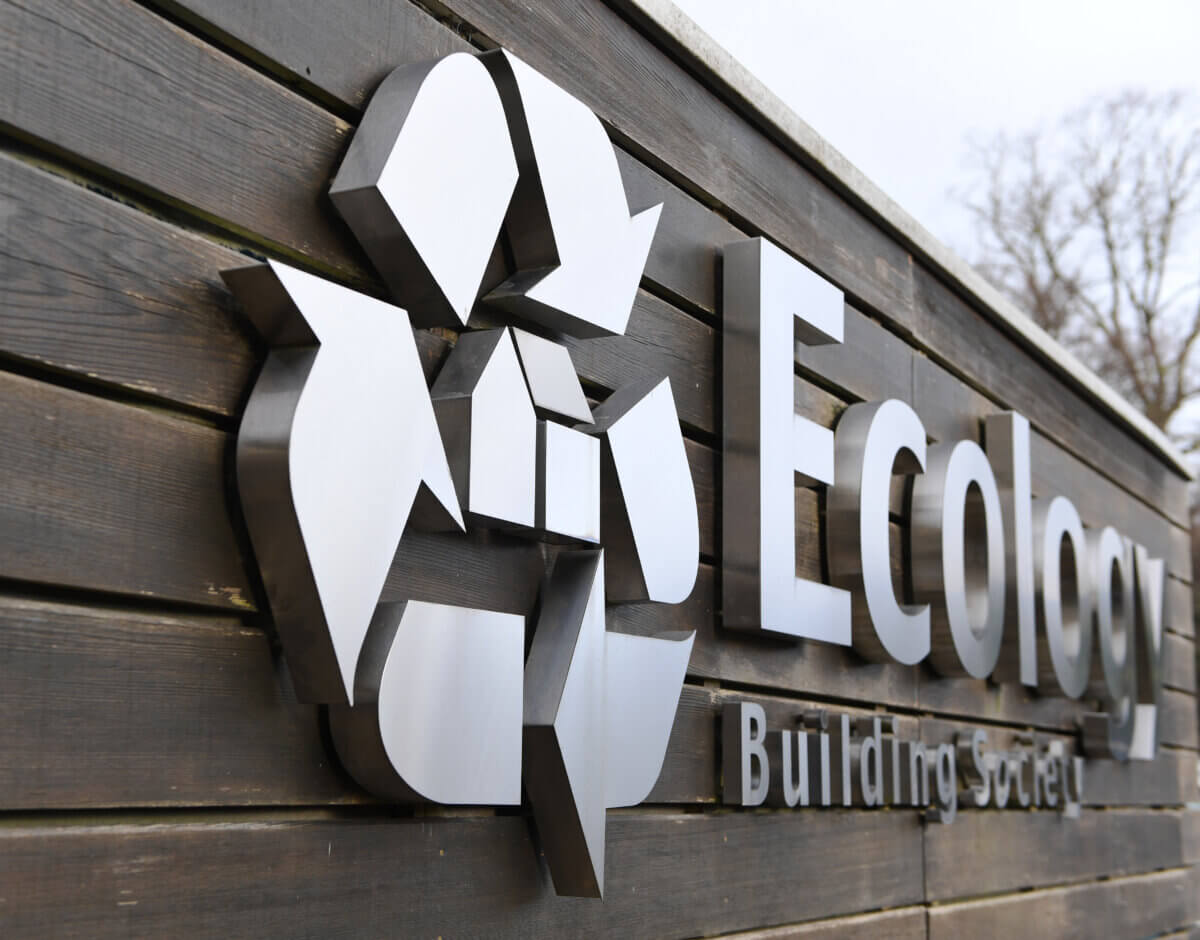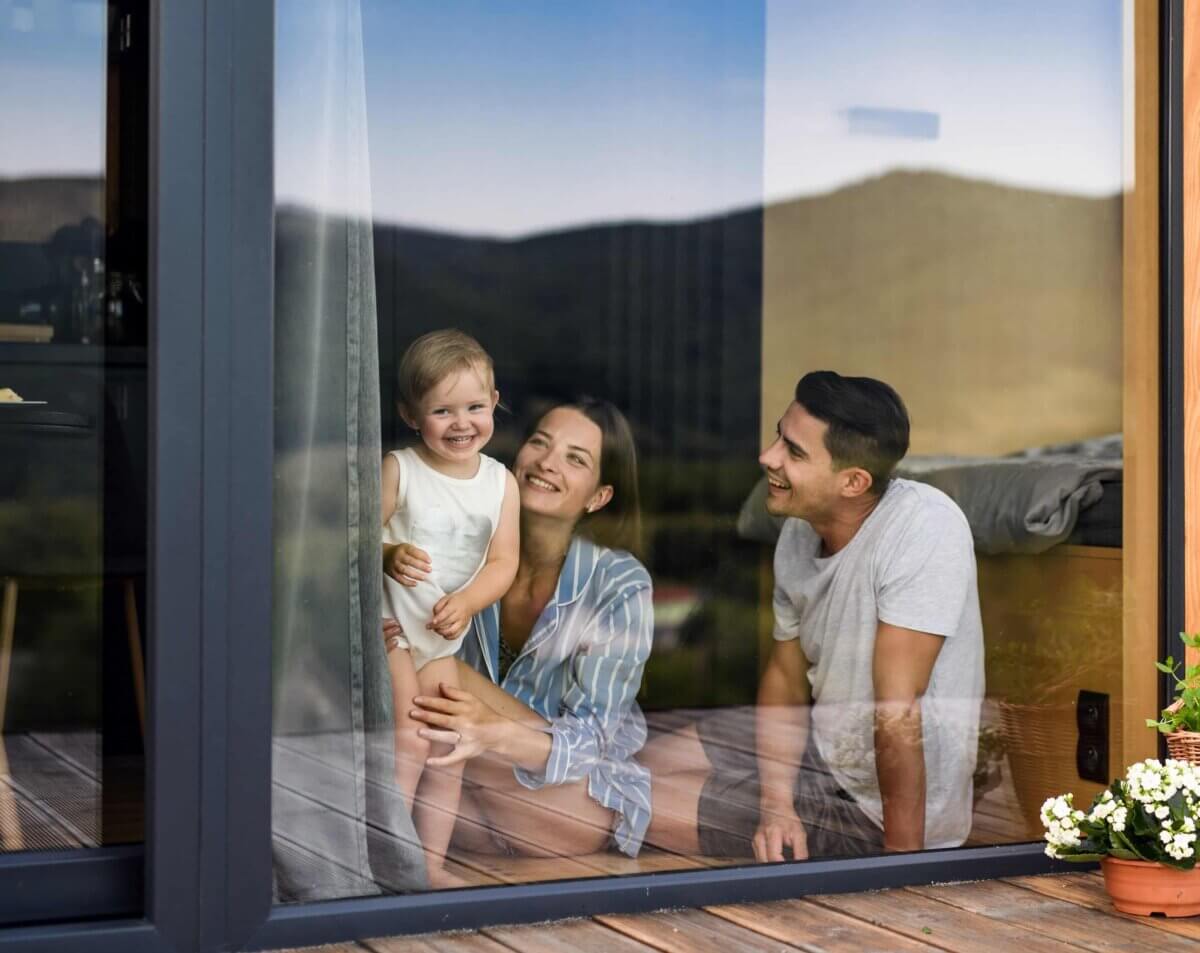Energy Efficient House Conversions: From Barns to Banks, Warehouses and Windmills

How many times have you driven past an old church or derelict barn or farm building and thought ‘I’d love to do that up’?
Are you thinking of converting a non-residential building into an eco-friendly home? This article offers a brief introductory guide to energy efficient house conversions.
We’ll discuss the difference between renovation and conversion, planning permission and permitted development rights (PDR), and the types of buildings you can convert. We cover the benefits of eco-friendly building methods too, and how to find the right conversion mortgage for your project.
Seven Reasons to Convert Old Spaces into Sustainable, Energy Efficient Homes
Converting a run-down building into a comfortable, energy efficient family home is the kind of project many of us dream of. You certainly need vision, drive and a lot of patience, but the benefits are well worth it.
-
Healthy living – enjoy the comfort and well-being of a well-insulated, energy-efficient house.
-
Live sustainably – an energy efficient conversion preserves and adapts an existing building, instead of demolishing it. Sustainable building practices reuse materials, reduce waste and carbon emissions. Converting agricultural or brownfield buildings also reduces growing pressure on greenfield sites.
-
Affordable home – in areas where residential house prices are high, converting a non-residential property can be more affordable.
-
Add value to your home – converting a derelict property can significantly boost its market value.
-
Design your own unique space – a non-residential building can be a blank canvas that gives you the freedom to create a home that feels personal to you.
-
Revitalise the neighbourhood – converting an old industrial building can improve the overall appearance and desirability of the area.
-
Lower costs – a well-insulated home that uses renewable energy sources, like a heat pump and solar panels, reduces its day-to-day running costs. A house conversion that lowers your home’s Energy Performance Certificate (EPC) rating can lower your Conversion Mortgage interest rates with Ecology Building Society.
What’s the difference between renovation and conversion?
Renovation and conversion are two different things when it comes to building work. Renovation means altering or refurbishing an existing residential property such as a house or flat. Any renovation work that makes the building more energy efficient and reduces its impact on the environment we call retrofit.
If you’d like to learn more about eco renovation and retrofitting, from planning to financing your project, finding the right builder and renewable heating systems, download our free Guide To Eco-Renovation.
Conversion, on the other hand, means changing the way the building is used. Like turning a barn into a family home or an old mill into apartments. This change of use can have its own challenges, from structural layout to getting the right planning permission. We’ll cover this later in the article.
What types of buildings can be converted for residential use?
There are several buildings you can convert into residential properties in the UK. The type of building and how it’s used will determine whether you require planning permission or permitted development rights. Here are the most common:
- Offices can be converted into homes under permitted development rights, subject to prior approval for factors like flooding, transport, contamination, and noise.
- Small shops and retail spaces can be converted, particularly if they are no longer viable as businesses.
- Barns and other farm buildings are the most popular converted residential dwellings under Class Q PDR, but there are size limits and structural integrity requirements.
- Small industrial buildings such as warehouses or windmills can be converted for residential use, subject to planning permission.
- Pubs (public houses) can be converted for residential use, though they may be protected as “community assets” requiring proof that they are no longer viable.
- Hotels and guest houses can be converted but usually require full planning permission.
- Churches and religious buildings can be converted, but protecting heritage will need to be considered and local objections may apply.
- Former bank buildings can be converted under similar rules to shops and offices.
- Old school buildings and community halls can sometimes be converted, depending on planning policies.
Some important considerations before converting:
- Check whether the building you are thinking about converting qualifies for permitted development rights or a full planning application.
- Check for structural suitability. The property must be structurally sound to be converted.
- Check whether the property is a listed building or lies within a conservation area with strict restrictions.
- Check with the local authority. There are different rules on conversions in different authority areas with differences in England and Wales and Scotland.
What is the difference between Planning Permission and Permitted Development Rights (PDR)?
Planning permission and Permitted Development Rights determine what you can build or convert. They can have a major impact on a property’s conversion from its design to build, and how it affects the local area.
Planning Permission is formal approval from the local council to build, extend, or change the use of a building. It is required for new builds, major renovations and certain conversions. The council will assess factors such as design, infrastructure, impact on the area, whether the property lies within a conservation area and any local objections. Planning permission can take anywhere from eight weeks to a year depending on the complexity of the conversion and council workloads. A public consultation may also be required. In the end, a council can reject your planning permission based on policy and objections, though you can submit changes or appeal.
Permitted Development Rights are a set of rights that allow certain building works and changes of use, such as house conversions, to be carried out without having to make a formal planning application. Some conversions may still require ‘prior approval’ from the local council, but this is generally much quicker than the planning permission process. There is usually no need for public consultation and the council will usually only reject the proposal if it breaches PDR rules.
Planning permission is usually required if you are:
- building a new house
- making major structural changes or extensions to the property
- converting buildings without PDR such as churches, listed buildings or properties in protected areas like National Parks, National Landscapes (formally known as Areas of Outstanding Natural Beauty or AONBs), on green belt or in conservation areas.
Permitted Development Rights are often used for small home extensions and loft conversions, barn conversions, or converting offices and some commercial buildings into residential homes.
If you are in doubt, check with your local council. There is more information about planning permission on the UK Government website for England and Wales and the Scottish Government website for Scotland.
Member Story: Luisa and Chris’ Cornwall Barn Conversion
Luisa and husband Chris wanted to settle into a home of their own, close to family in Cornwall. But with house prices in the area out of their reach, the only option for the couple was to convert a derelict barn on a plot of land next to Luisa’s parents’ home.
The couple had saved up for a deposit to begin works on the barn, but they needed finance to complete the conversion. Like many before them, finding a conversion mortgage for a non-traditional build proved difficult. However, they approached Ecology, whose environmental ethos appealed to them.
Luisa and Chris wanted to future-proof their home, so they opted for rock wall insulation and well-insulated windows to reduce heat loss and maintain a pleasant indoor temperature. An air source heat pump provides renewable energy for heating and feeds into the underfloor heating system. All powered by a solar panel system and 9KW battery.
Luisa encourages those thinking of undertaking a barn conversion to focus on good quality building materials, and to engage with people who are knowledgeable on planning permission. She also shared this advice:
“Don’t give up on what you want to achieve! Go for something unique, and don’t be afraid to change the norm!”
Find out more about Luisa and Chris’ Barn Conversion
You can also find out more about our Conversion Mortgages and our C-Change discounts, and why not check out our members’ projects for more inspiration.



